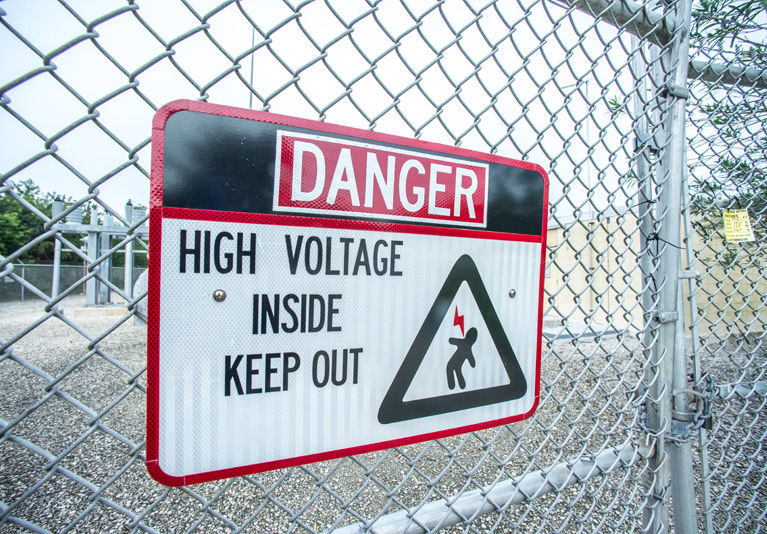
Indian River Shores residents desperate for cell phone service that actually works thought their years of waiting might be nearing an end when town officials settled on a relatively remote site adjacent to the Bee Gum Point conservation area.
That site, which would be more than 500 feet from residents of any of the communities that have blocked previous proposed tower locations, is on the eastern edge of the 111-acre lagoon-front parcel that the Indian River Land Trust purchased in 2011 to provide habitat for migratory and endangered birds.
Now that location has been called into question by a warning letter from the United States Department of the Interior, and the need to get permits from a laundry list of government agencies that oversee construction near waterways, along with approvals from interested parties which include, in this case, as many as 11 Native American tribes.
In a Dec. 22 letter, the U.S. Fish and Wildlife Service informed the town that “we recommend new towers are not sited in or near wetlands and important bird areas, such as Bee Gum Point,” and warned that the Endangered Species Act “prohibits the taking of any federally listed endangered or threatened species
. . . (and) provides for civil and criminal penalties for the unlawful taking of a listed species.”
Fish and Wildlife, which kicked in $1 million for the Land Trust’s purchase of Bee Gum Point, seems particularly concerned about wood storks, a species classified as threatened, flying into tall towers and their supporting guy wires.
“It is well documented that tall, guy-wire supported communication towers . . . kill millions of migratory birds annually,” the letter notes.
Town Manager Robbie Stabe said, however, that “the Town has no intention of installing this type of tower.”
The Fish and Wildlife letter, which has been circulated and buttressed by environmental advocates from the Indian River Land Trust and others, is not a formal objection to the permitting process, according to Town officials, because the location is still going through the final stages of the Town’s process of consideration.
The time period for agencies to attempt to block the tower would be after a final decision has been made by the Town Council on where to site the tower.
U.S. Fish and Wildlife is just one of the entities on a list provided by Datapath, the company contracted to permit and construct the cell tower, of those that must sign off on the tower site.
In addition to whatever county approvals might be needed, there’s the Federal Aviation Administration and the Federal Communications Commission, along with the Environmental Protection Agency, the State Historical Preservation Office with regard to cultural interests, and the Tribal Historical Office, which entails “Sign-off/approval for each identified tribe, usually 8 to 11 tribes.”
These would be tribes that may have inhabited the site at some point in history, possibly leaving behind sacred remains or a burial ground. The project must also comply with the National Environmental Protection Act (NEPA) in all aspects, ranging from geotechnical, wetlands, ecology, cultural, wildlife and, of course, environmental.
Bill Tinsley, CEO of Datapath Tower, said about the list, “Please keep in mind that this is not a sequential process, but an integrated parallel process that culminates in the NEPA checklist being completed before the ASR (Antenna Site Registration) is issued by the FCC.”
Meanwhile, Stabe said “we have been told of some potential optional locations in and near John’s Island that we, in order to do our due diligence, need to investigate further. I am meeting with someone next week to find out the exact locations so that we and Datapath can fully research them.”
One thing has been streamlined, however, Stabe said. Instead of having to go through the Town’s Planning Zoning and Variance Board, the tower plans will come directly to the Town Council for approval. That’s because the Town Council has already approved a change in the Town building code that would allow cell towers, under a narrow set of conditions.
“It is the Town Council’s responsibility to hear the cell tower presentation directly rather than through the PZV Board due to the new ordinance, which eliminates the need for a variance.
The plan is to schedule a Special Call Council meeting that will include a widely advertised public hearing sometime in mid-February.



